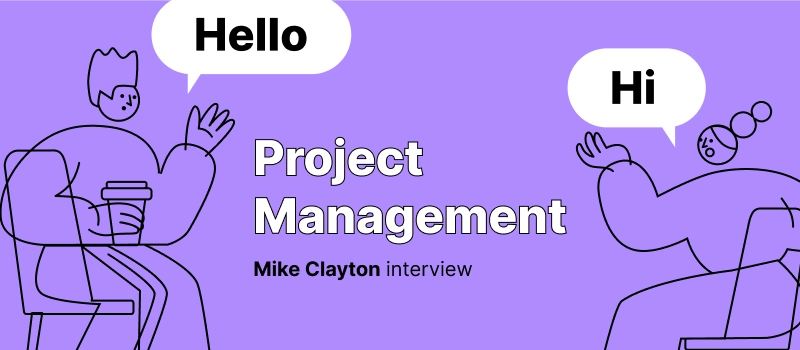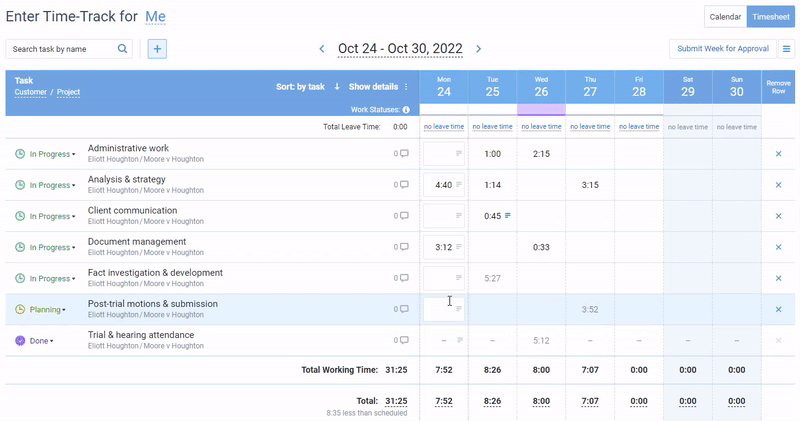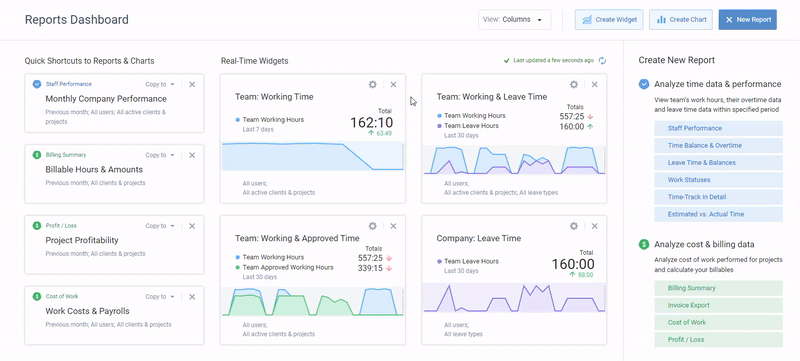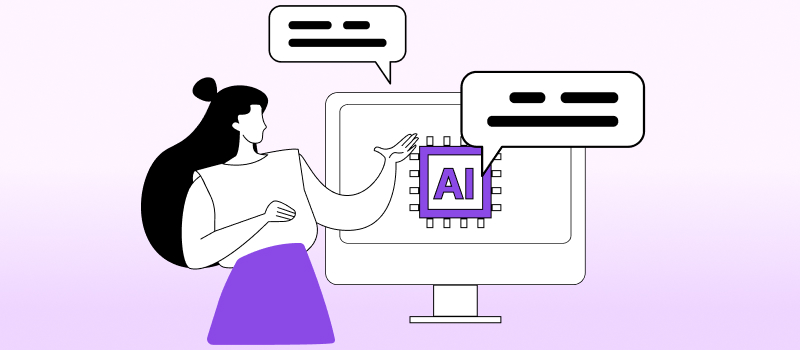
Ever wondered how some project managers seem to magically pull off successful projects, even when faced with tight budgets and impossible deadlines? Well, it’s not wizardry – it’s smart resource allocation and management.
Today, we’ve got Mike Clayton, a seasoned coach and mentor for aspiring project managers, to spill the secrets.
Dive in as we chat with Mike about mastering resource constraints in project management and making the most out of what you’ve got.
But first, let us briefly introduce your new project management guru.
Who Is Mike Clayton?
Mike Clayton isn’t just a name – he’s a wealth of knowledge and experience, eager to share his insights with those ready to learn and grow.
With over 30 years of experience in consulting, project management, training, writing, and speaking + a career that’s as diverse as it is impressive, Mike has carved out a name for himself in the realms of professional development and personal growth.
Here’s a brief list of some of his achievements:
- Mike offers online, self-paced project management courses for busy professionals.
- He also extends his expertise directly to selected clients via personal coaching and mentoring sessions.
- He runs two YouTube channels – one dedicated to project management learning, and another focused on personal effectiveness training.
- Mike has authored 14 print books. Among them, there are “How to Manage a Great Project,” “How to Manage Your Time,” and “How to Speak so People Listen.”
Mike Clayton’s resources are treasure troves of knowledge for anyone looking to upskill, and we are happy to share a bit of his insight with our readers.
7 Important Questions About Resource Constraints in Project Management
1. What are the key steps in identifying resource requirements for a large project?
Identifying project requirements is not just about having what you need but about smoothing the whole ride from point A to point B.
You need a detailed plan to ensure you have all the manpower, materials, and financial backing to see your project through. And that’s especially crucial for a big project that involves a multitude of components and stakeholders.
So, how do you proceed to identify what’s required?
“Understand the project. Think about the skills you need. Then look at the work required to estimate time commitments. Finally, look at scheduling to balance the loads on resources. Always remember that resources include people, assets, equipment, and materials.” – Mike Clayton
2. How do you prioritize resource allocation when multiple teams are competing for the same resources?
When multiple teams are vying for the same resources, things can get messy fast. Without clear priorities, projects can get stalled, deadlines missed, and the overall vibe? Not great.
Prioritizing will help you keep everything fair and smart. It guarantees that the most critical projects get what they need first, so the whole ship sails smoother.
So, how do you handle this vital task effectively?
“This is a role for portfolio management. You need to understand the strategic value of each project and its time constraints. Always aim for individuals or coherent teams to mono-task, rather than try to spread their work over different projects or workstreams at the same time. Mono-tasking is far more efficient than multi-tasking.” – Mike Clayton
3. What strategies do you use to manage resource constraints and avoid bottlenecks during project execution?
Imagine you’re in the kitchen, prepping a feast – you’ve got a limited number of ingredients (resources), and certain dishes need to be done before others (dependencies). If you run out of flour (resources) or your oven can only handle so much at once (capacity), you’ll end up with delays and potentially a burnt dish (bottlenecks).
In the project world, hitting these snags can throw off your timeline, jack up costs, and stress out your team. By skillfully juggling resources and keeping those bottlenecks at bay, you ensure everything runs smoothly.
How can you do that?
“Schedule constraints first. Always think in terms of the critical chain – what is the sequence of activities on which everything else (task and schedule driven) depends?” – Mike Clayton
4. What tools or methodologies do you recommend for tracking resource utilization and availability?
By keeping tabs on what’s available and how it’s being used, you can make sure each part of the project runs smoothly, the planned work stays on track, and no one is left scrambling at the last minute.
Plus, resource tracking helps to spot minor inefficiencies and bottlenecks before they become big problems. And there are plenty of tools and methods that can help you with that.
“I am tool agnostic and do not have specific recommendations.” – Mike Clayton
Check out this post to explore different project management systems and methodologies yourself and pick the right one for your team.
5. What metrics do you use to evaluate the effectiveness of resource management in a large project?
Resource management metrics are like dashboard indicators in your car, signaling how well you’re performing and where adjustments might be needed. They assist in work planning and demand forecasting so that resources are not only used optimally but also sustainably.
The question is – which resource management metrics truly matter in large projects?
“The only metric that counts is value delivery: cost and benefit combine to give ROI (=net benefit/cost).” – Mike Clayton
6. What are the most common schedule constraints you’ve come across?
When projects drag on longer than expected, costs skyrocket, resources get stretched thin, and team morale can take a nosedive. By tackling schedule constraints head-on, you can keep the wheels turning smoothly.
Knowing the problem and its causes is the first step towards solving it. So, what can create schedule constraints in projects?
“This will depend on the context of the project. It might, for example, be: 1. Time of year/weather conditions for a civil engineering project; 2. Business cycle for an organizational project – linking to sales cycles, business planning, or statutory reporting; 3. Funding rounds for entrepreneurial projects.” – Mike Clayton
7. How important is process automation in general?
Process automation involves using technology to perform routine tasks with little to no human intervention. Think of it as having a virtual assistant that handles the grunt work for you.
When set up correctly, it can save a ton of time and reduce errors. Yet what value does it have in project resource management?
“I see process automation as an important part of the development of all areas of business: operations and project-based working. We’ll increasingly see tools that will automate more and more capabilities. I think in project-based working, these will start with things like: 1. Data-gathering, analysis, and reporting; 2. Project scheduling and budgeting; 3. Resource estimation, allocation, and scheduling.” – Mike Clayton
Manage Project Resources Effectively with actiTIME
Managing resource constraints in project management can feel like juggling too many balls at once – but that’s where actiTIME comes in to save the day.
This multifunctional project tracking tool offers an array of features to streamline resource management and ensure that the planned work is completed on time and within budget.

Here’s what actiTIME has to offer:
- Time tracking. Knowing exactly where your team’s time is being spent can make a world of difference in project management. With actiTIME, you can easily log hours, making it simple to identify roadblocks or tasks that are taking longer than expected.
- Task estimates. Set realistic expectations from the get-go. By assigning estimated times for each task, it becomes easier to allocate resources effectively.
- Cost and budget tracking. actiTIME allows you to monitor project expenses, compare them against your budget and estimates, and make informed financial decisions in real time.
- In-depth performance reports. These insights allow you to measure productivity, identify high-performers, and pinpoint areas that need improvement.
- Staff absence tracking. Using actiTIME, employees can log days off directly in their timesheets. To access more advanced absence management functionality (with automation and comprehensive time off reports), you can integrate it with actiPLANS, a flexible resource scheduling solution.

In a nutshell, actiTIME equips you with the tools you need to manage your resources efficiently and keep your projects on the right track.
Check it out in action during a free 30-day trial.



















































